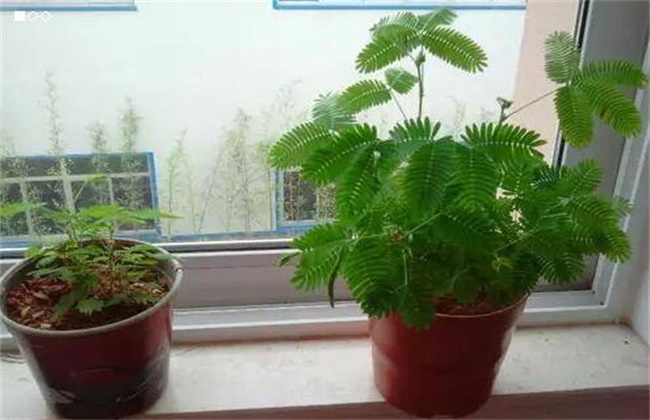High-yield cultivation techniques of Edible Mushroom Rookie "Coprinus comatus 201"
Coprinus comatus 201 is a new variety separated from wild mushroom tissue. After cultivation, the bioconversion rate can reach 100%-140%.
1. Biological characteristics of Coprinus comatus 201
Coprinus comatus 201 is a recommended saprophytic fungus, which belongs to the medium-temperature and high-temperature type. The mycelial growth temperature is 335 ℃, and the optimum temperature is 24,26 ℃. The growth temperature of fruiting body is 8: 30 ℃, the optimum temperature of mushroom production is 16: 24 ℃, the suitable water content of mycelial growth medium is about 65%, the air humidity of 80%-90% is suitable for mycelial growth without light, the growth and development stage of fruiting body needs fixed light, mushroom can be produced under weak scattered light, and less oxygen is needed in the stage of sturdy mycelium growth. When sufficient oxygen mycelium was needed in the fruiting body growth stage, the pH value could grow in the range of 4 to 9, and the optimum pH value was 6.5 to 75. The development and growth of fruiting body are inseparable from soil, and there is no mushroom without soil mulching.
2. Cultivation techniques
1. Material source: ① edible fungus production waste. Utilization method: take off the bag and mash the cultivated wastes such as Flammulina velutipes, Pleurotus ostreatus and Auricularia auricula, expose them in the sun for 2-3 days, and then add 30% corncob powder or straw. ② cottonseed husk, corncob, corn straw, sawdust, rice straw, wheat straw, pig and cow dung, wheat bran, rice bran, etc., dried and preserved.
2. Culture material formula: ① edible fungus waste 20kg, wheat bran 10kg, cottonseed hull or straw 20kg, lime 1.5~2kg. ② rice straw, wheat straw, corn straw and weeds were crushed with wheat bran 5kg, corn meal 2.5kg, urea 0.25kg, lime 1.5~2kg and calcium superphosphate 1kg per 50kg dry material. ③ corncob 45%, urea 0.5% 1%, lime powder 3%, wheat bran 10%, soybean straw powder 40%, urea 1%. All the above formulations can be added to livestock manure according to 20% of the weight of the mixture, and the effect is better, and the water content of each formula is controlled at 65% to 70%.
3. Cultivation method: after mixing various formulations, pile them into a heap with a height of 1m and unlimited length, and make a ventilation hole from the material surface to the bottom of the pile. When the temperature rises above 50 ℃, it lasts for 12 hours and then turns over. Wait for the temperature to rise to 60 ℃ and maintain for another 12 hours, turn the pile again, turn back and forth 3 times, and then bag. The method of clinker production is to put the material bag into the pot and sterilize under atmospheric pressure for 4 hours for 6 hours, lower the temperature to less than 30 ℃ and inoculate with 10% seed, and open inoculation can be used. The temperature of the bag is controlled at about 25 ℃, and the mycelium grows all over the bag in about 20 days. Take off the film from the mycelium-covered bag and carry out the soil-covering cultivation of the border bed in the greenhouse. Select land with good drainage and fertile soil, dig deep 10~20cm, wide 100~155cm, unlimited length border bed, north-south direction, dig a good drainage ditch around, the bottom of the bed should be flat, sprinkle a small amount of lime to disinfect. Then put the unbagged bacterial sticks horizontally on the border bed, leaving a 3~5cm gap between the rods, covered with fertile soil for another 15 to 20 days, and white mushroom primordia appeared. At this time, the air humidity in the shed should be kept at 80%-90%. At the same time, the temperature in the shed should be adjusted to 12-24 ℃, and ventilation should be carried out every day.
III. Harvest
After the mushroom body grows and matures, it is generally grasped that the mushroom body is solid and not hollow, there are a small amount of scales on the cap, and the fungus ring is harvested when it begins to loose. When harvesting, gently twist the lower part of the mushroom handle with your hand, and then pull it up. When harvesting tufted mushrooms, try not to hurt small mushrooms. After harvest, clean the bed surface, replenish soil and spray water, cover the film to raise bacteria, and promote the emergence of mushrooms. Generally, it can be harvested for 2 or 4 times.
Related
- Fuxing push coffee new agricultural production and marketing class: lack of small-scale processing plants
- Jujube rice field leisure farm deep ploughing Yilan for five years to create a space for organic food and play
- Nongyu Farm-A trial of organic papaya for brave women with advanced technology
- Four points for attention in the prevention and control of diseases and insect pests of edible fungi
- How to add nutrient solution to Edible Fungi
- Is there any good way to control edible fungus mites?
- Open Inoculation Technology of Edible Fungi
- Is there any clever way to use fertilizer for edible fungus in winter?
- What agents are used to kill the pathogens of edible fungi in the mushroom shed?
- Rapid drying of Edible Fungi



